After arriving at Palmer Station yesterday, we had an orientation meeting to learn the layout of the land. Once again, I am amazed and pleased by how friendly and helpful everyone around me is. Our orientation meeting involved a station tour, which included visits to the dormitory buildings, the galley area and the laboratory. After orientation, I had the opportunity to climb the Marr GlacierA mass of ice that persists for many years and notably deforms and flows under the influence of gravity. behind Palmer Station; the view was fantastic. I particularly enjoyed the view from the glacier of the Gould docked next to the station.
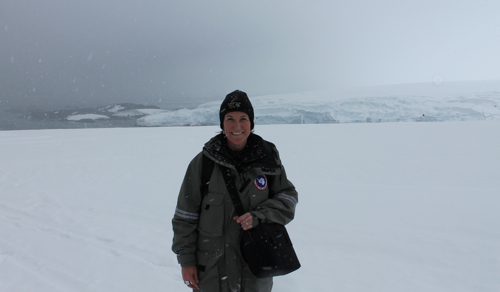
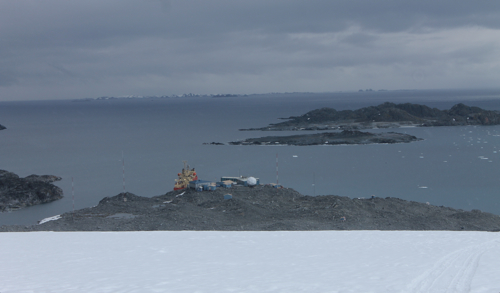
I’ve been looking at pictures of Palmer online for about a year now, so to actually be here is phenomenal. I was also excited to catch a glimpse of Antarctic hair grass (Deschampsia antarctica), one of only two flowering plants on the continent. The other is also a low-growing plant called Antarctic pearlwort (Colobanthus quitensis); I haven’t seen that yet. Remember, there are no trees in Antarctica. These 2 species of low-growing plants are it!
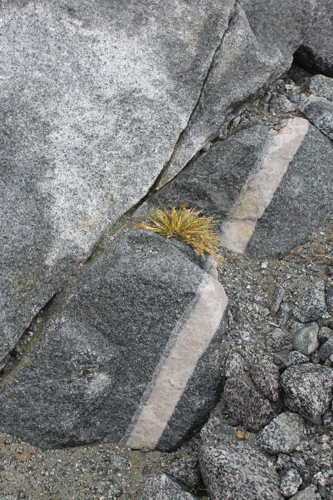
My other fun discovery was a xenolith, the type of rock I mentioned in yesterday’s journal. I've gotten familiar with the Snowy Sheathbill too (also called the "Antarctic Chicken") because several hang out around the station. Their scientific name is Chionus albus which literally translates to "snow white."
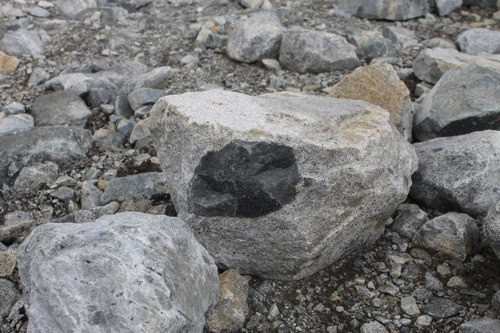
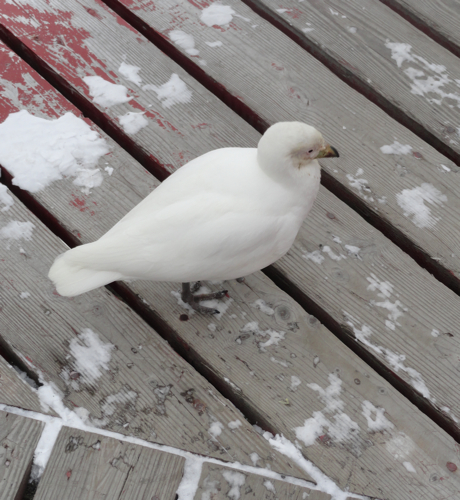
I'm sharing my room with Suzie, the station doctor. She's from Los Angeles and will be traveling to New Zealand after her stint at Palmer Station to do medical work there. I haven't had a chance to talk with her much yet, but I can tell she leads an exciting life that's full of travel.
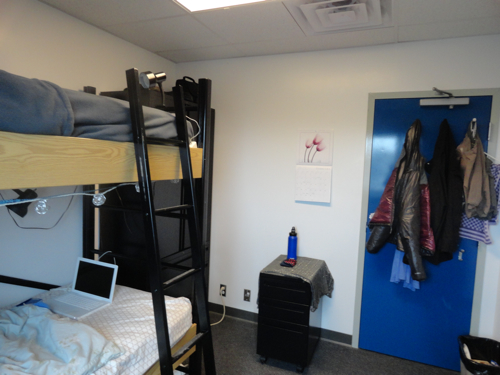
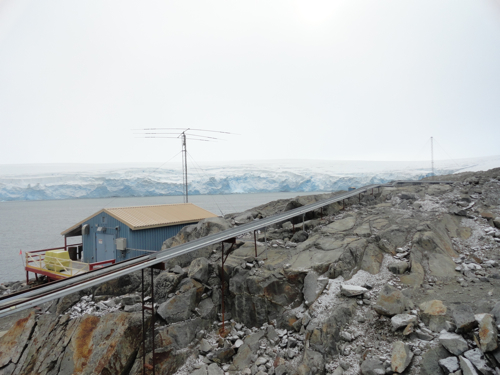
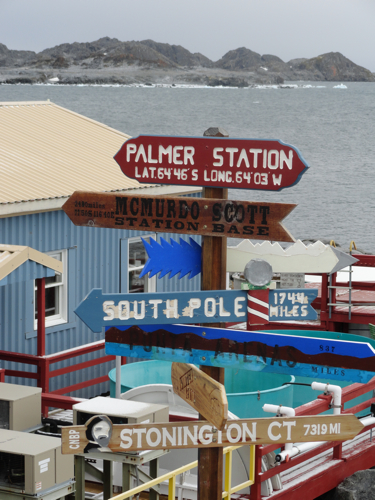
Today I helped Dr. Amsler, Dr. McClintock, Maggie Amsler, Julie Schram and Kate Schoenrock to unpack their boxes and crates. They’ve started setting up their experiment and I find both the experimental design and the equipment really interesting. Julie and Kate are both working toward PhDs at the University of Alabama at Birmingham and this research will be used in their dissertations. Julie is focusing on the effects of ocean acidification (OA) on a species of limpet and a species of marine snail, whereas Kate is looking at the effects of OA on a species of crustose coralline algae and a species of fleshy, red algae.
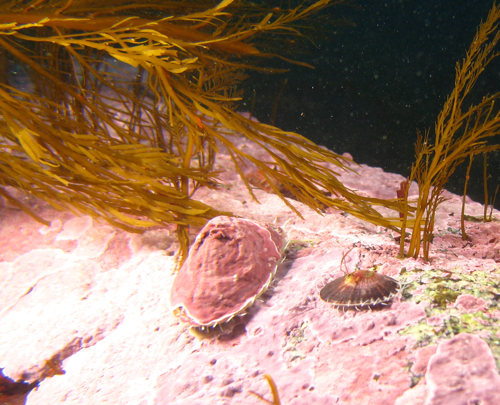
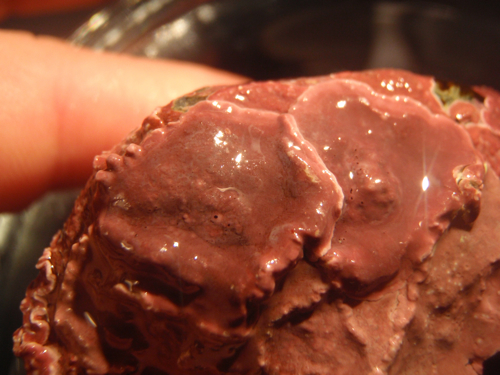
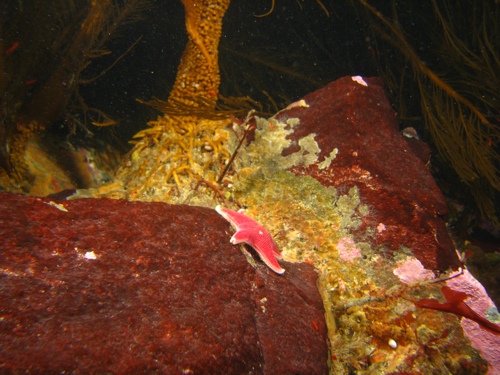
In the next few days, they will be going out on the zodiacs to collect samples while SCUBASelf Contained Underwater Breathing Apparatus diving. In the meantime, they’re working hard to get the lab organized and ready to go. The design of the experiment involves using a piece of equipment called an Aqua Medic. Within tables on the Aqua Medic will be smaller tanks of seawater in which both the pH and the water temperature will be controlled. Each of the smaller tanks will be divided into four sections. Each section will contain a different organism; one will contain a limpet, one a marine snail, one crustose coralline algae, and one fleshy, red algae. There will be 72 replicates for each organism.
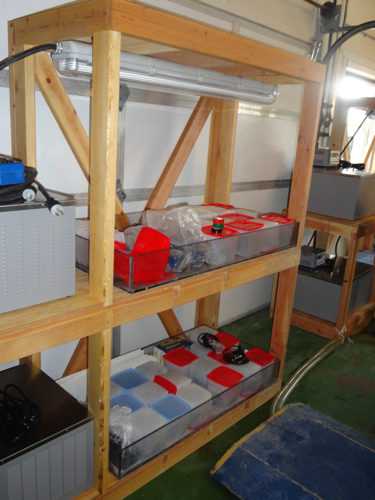
With the limpets and snails, Julie will measure growth, biochemical content (specifically how much protein, carbohydrate, and lipid the animals are storing), and degree of calcification over time. With the algae Kate will measure growth in diameter and fluorescence as a measure of photosynthetic capacity. I’ll know more about how exactly these will be measured soon and will report back to you on that.
The wiring and tubing is taking some time to coordinate logistically. What I understand so far is that a solenoid valve will plug into a power box. The solenoid valve will control the specific amount of carbon dioxide (CO2) gas bubbled into each smaller tank. The level of CO2 is what will affect the pH; this will simulate what’s happening with CO2 from fossil fuel emissions. Several pH interfaces will plug into probes that will monitor the pH in each smaller tank to keep it constant. The pH interfaces are machines that “talk” to the computer to help keep the pH at the desired level. All of this equipment will be connected to a larger computer that will record data over 60 days.
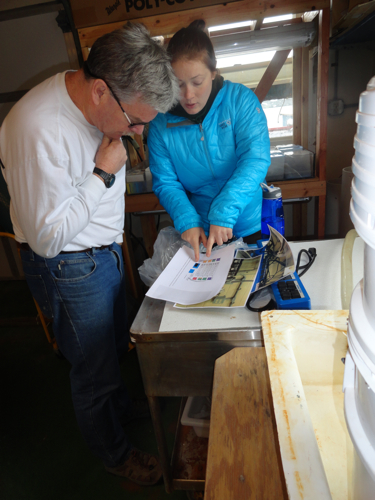
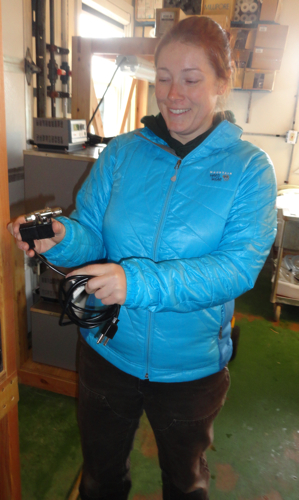
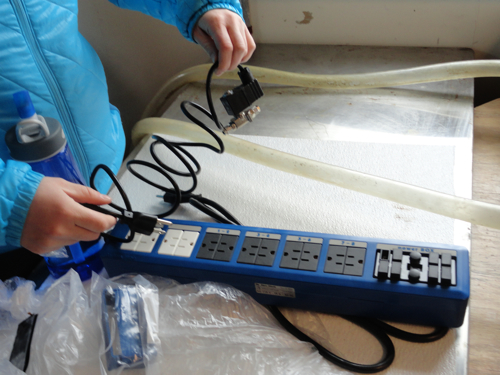
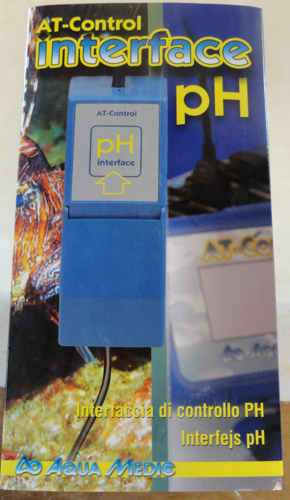
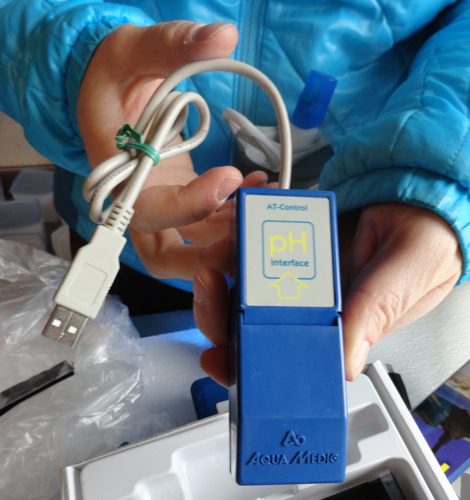
Three different pHs will be used:
8.1 (the approximate pH of the world’s oceans today)
7.7 (the projected pH of the world’s oceans by the year 2100)
7.4 (the projected pH of the world’s oceans by the year 2200)
I understand that sea ice and circulation of water in the ocean can influence ocean pH. Julie told me she heard a scientist suggest that the Southern Ocean may reach a pH of 7.7 as soon as thirty years from now. Remember that since the beginning of the industrial revolution the pH of the earth’s oceans has dropped from about 8.2 to about 8.1. This represents a 30% increase in acidity.
I will have many more details about this project soon, but for now I must report to the galley for “House Mouse” duty. On Saturdays at Palmer, everyone chips in to clean the facility. I’m not sure yet if I’ll have bathroom duty, galley duty or something else but I’ll tell you all about it later!


Comments